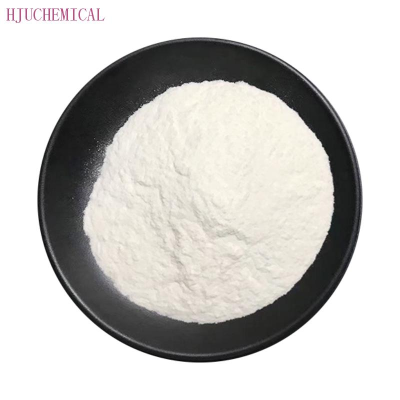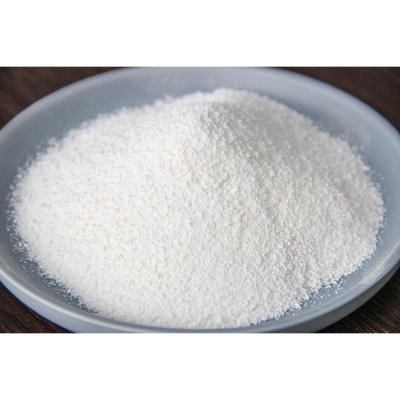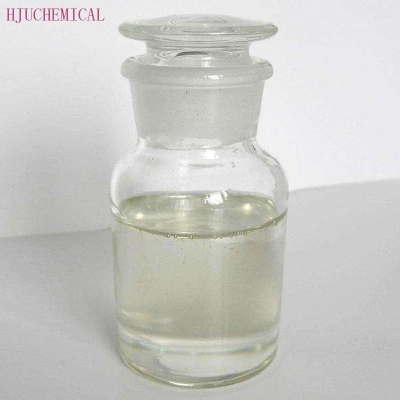-
Categories
-
Pharmaceutical Intermediates
-
Active Pharmaceutical Ingredients
-
Food Additives
- Industrial Coatings
- Agrochemicals
- Dyes and Pigments
- Surfactant
- Flavors and Fragrances
- Chemical Reagents
- Catalyst and Auxiliary
- Natural Products
- Inorganic Chemistry
-
Organic Chemistry
-
Biochemical Engineering
- Analytical Chemistry
-
Cosmetic Ingredient
- Water Treatment Chemical
-
Pharmaceutical Intermediates
Promotion
ECHEMI Mall
Wholesale
Weekly Price
Exhibition
News
-
Trade Service
It is learned from the Chinese Academy of Sciences that recently, Huang Yanqiang, a researcher at the Institute of Aerospace and New Materials, Dalian Institute of Chemical Physics, Chinese Academy of Sciences, and Yang Xiaofeng, an associate researcher, and associate professor Wang Xinkui, Dalian University of Technology, have made new progress in the research of carbon dioxide hydrogenation to synthesize formic acid and related research results.
Published online on Nature Communications
.
The synthesis of formic acid by hydrogenation of CO2 is an atomic economic reaction.
The formic acid produced is an important chemical raw material and can be used as an ideal liquid hydrogen storage material
.
The carbon atoms in the CO2 molecule are in the highest valence state and their chemical properties are relatively inert, and effective activation of them is the key to high-efficiency conversion of CO2
.
The team designed a Schiff base modified nano-gold catalyst that uses the nitrogen center in the Schiff base group to weakly interact with CO2 to generate carbamate zwitterions, and further hydrogenation reaction occurs on the nano-gold catalyst Generates formic acid
.
Experimental results show that, different from the bicarbonate hydrogenation route of traditional heterogeneous catalysts, gas-phase CO2 can be directly hydrogenated to formic acid on a Schiff base modified gold catalyst.
Under the reaction conditions of 90oC and 8.
0MPa, the conversion of formic acid can be obtained.
The number can reach 14,470 (12h)
.
The weak interaction mode between Schiff base and CO2 provides a new way for the low-temperature activation of CO2
.
Published online on Nature Communications
.
The synthesis of formic acid by hydrogenation of CO2 is an atomic economic reaction.
The formic acid produced is an important chemical raw material and can be used as an ideal liquid hydrogen storage material
.
The carbon atoms in the CO2 molecule are in the highest valence state and their chemical properties are relatively inert, and effective activation of them is the key to high-efficiency conversion of CO2
.
The team designed a Schiff base modified nano-gold catalyst that uses the nitrogen center in the Schiff base group to weakly interact with CO2 to generate carbamate zwitterions, and further hydrogenation reaction occurs on the nano-gold catalyst Generates formic acid
.
Experimental results show that, different from the bicarbonate hydrogenation route of traditional heterogeneous catalysts, gas-phase CO2 can be directly hydrogenated to formic acid on a Schiff base modified gold catalyst.
Under the reaction conditions of 90oC and 8.
0MPa, the conversion of formic acid can be obtained.
The number can reach 14,470 (12h)
.
The weak interaction mode between Schiff base and CO2 provides a new way for the low-temperature activation of CO2
.







